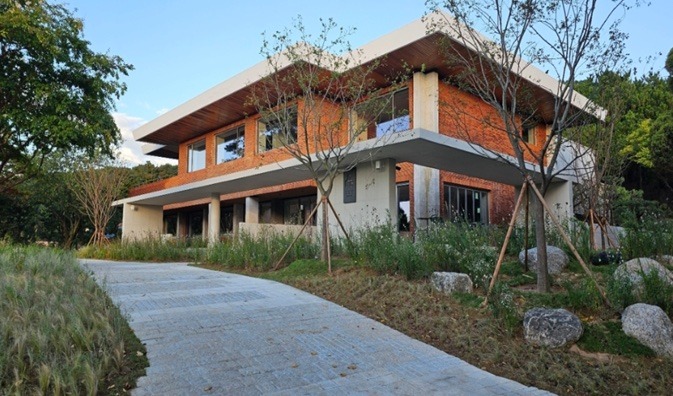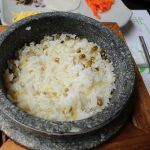Busan, South Korea — To enhance urban green spaces and foster a culture of gardening, Busan City has officially opened the “Sosopung Garden” within the historic grounds of Domoheon, the former mayoral residence. The garden, now designated as the city’s first official living garden, aims to provide a serene retreat for citizens amid the bustling metropolis.
Domoheon, once the official residence of Busan’s mayors, is a site steeped in history. Over the years, it has been a symbol of municipal leadership and has witnessed numerous key events and dignitary visits. Recognizing its historical and cultural significance, the city undertook a comprehensive renovation to repurpose the estate as a public space where history intertwines with nature.
The transformation of Domoheon into a communal garden reflects Busan City’s commitment to preserving its heritage while adapting to the evolving needs of its residents. By opening the gates of this once-exclusive residence, the city invites the public to explore and enjoy a piece of its history in a new, accessible way.
Sosopung Garden, whose name translates to “enjoying a small picnic,” embodies the essence of a leisurely escape within the urban landscape. Nestled in the Hwangnyeongsan-ro area of Suyeong District, this serene haven is conveniently accessible via the Hwangnyeongsan and Geumnyeonsan subway stations. Its prime location encourages both locals and visitors to weave moments of nature into their daily routines, offering a tranquil retreat from the city’s hustle and bustle.
Spanning over 11,725 square meters of the larger 18,015-square-meter Domoheon estate, Sosopung Garden offers diverse landscapes and experiences through its four thematic sections:
- Aquatic Garden: This tranquil area features serene ponds adorned with water lilies and lotus flowers, providing a soothing environment for reflection and relaxation.
- Participation Garden: Designed to foster community engagement, this section encourages visitors to partake in gardening activities, workshops, and educational programs, nurturing a hands-on appreciation for horticulture.
- Lawn Garden: An open grassy expanse ideal for picnics, casual sports, and family gatherings, it serves as a versatile space for various leisure activities.
- Sculpture Garden: Integrating art with nature, this area showcases sculptures and installations by local artists, offering a cultural dimension to the garden experience.
The garden is home to an impressive collection of flora, featuring 15 species totaling 11,617 trees and plants. Notably, 80% of these species are native to the region, highlighting the city’s dedication to promoting local biodiversity and sustainable landscaping practices.
Sosopung Garden’s design incorporates biophilic principles, emphasizing the human connection to nature by integrating natural elements into the built environment. By blending water features, abundant greenery, and natural materials, the garden creates an immersive environment that enhances visitors’ well-being.
Amenities such as seating areas, picnic tables, restrooms, and parking facilities have been thoughtfully integrated to ensure comfort and accessibility without detracting from the garden’s natural beauty.
The establishment of Sosopung Garden is part of Busan City’s broader initiative to expand green spaces and instill a gardening culture across the metropolis. Beyond government-led projects, the city is actively encouraging private citizens, community groups, and businesses to develop and register their own gardens.
Busan City anticipates that Sosopung Garden will not only improve the quality of life for its residents but also attract tourists seeking unique natural and cultural experiences. By integrating historical sites like Domoheon with modern urban planning, the city offers destinations that stand out for their blend of tradition and innovation.
The focus on native plants and sustainable design aligns with global trends emphasizing environmental responsibility. Visitors can learn about local flora and sustainable practices, fostering a deeper appreciation for the region’s natural heritage and encouraging eco-friendly initiatives.
Sosopung Garden is now open to the public year-round, offering free admission to all visitors. Whether seeking a quiet place to read, a scenic spot for a family outing, or an opportunity to participate in community gardening, the garden provides a welcoming environment for diverse interests.



